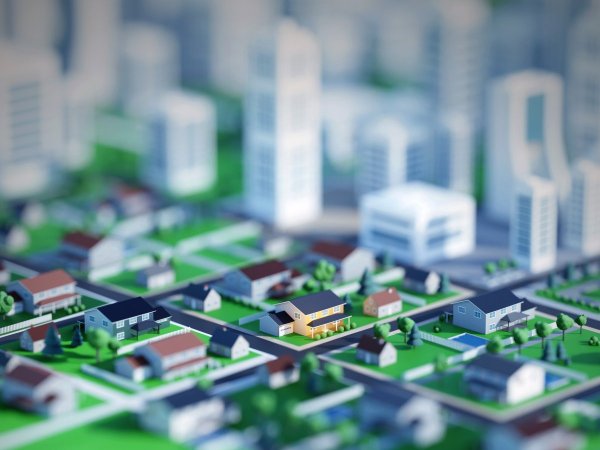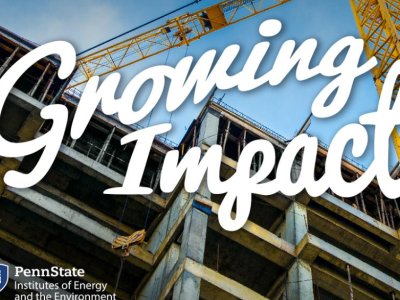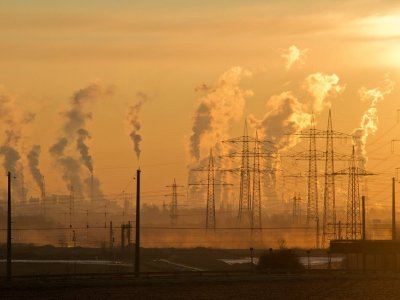“Cities are where the climate battle will largely be won or lost.”
—UN Secretary General António Guterres (Address to the 2019 C40 World Mayors Summit in Copenhagen)
The year 2023 was a landmark year when it comes to climate change. The annual global carbon dioxide emissions (from fossil and land use changes) reached the record level of 40.9 gigaton and the global atmospheric CO2 concentration was recorded at the high record level of average 419.3 parts per million (ppm), making 2023 the first time we exceeded the 1.5°C threshold and “the warmest year on Earth since 1850.”
The impacts on global population, particularly in cities, were significant; from thousands of people who lost lives due to flooding-caused dam collapse in Libya, to the lives lost to the wildfires in Lahaina in Hawaii, to significant numbers of people impacted by severe heatwaves, flooding and drought conditions in Europe and in the Southern United States, to the thousands of people impacted by the rising number of weather-related power outages in the United States.

The combined effect of a city's significant climate change contributions—as well as its considerable exposure and vulnerability of urban residents to its impacts—positions cities at the core of the challenge to address climate change. Despite their small geographical footprints, cities incorporate a high density of buildings and great concentration of urban residents, making them the hotspots of resource and energy consumption and greenhouse gas emissions. The heterogenous fabric of cities, with regard to population and demographic distribution, residents’ access to resources, urban density, and distribution of energy-efficient buildings, contributes additional layers of complexity to the challenge and creates interrelated challenges such as urban heat island, energy poverty, and environmental injustice.
As cities in the U.S. and around the world define zero-carbon goals in climate action plans and aim to achieve them by 2050, the need to reduce the contribution of urban buildings to greenhouse gas emissions is more than ever. The contributions of buildings to the global emissions are through energy consumption for heating, cooling, and other aspects of operation as well as the life cycle emissions because of the buildings’ construction.
While there exists multiple systems to define and rate green buildings in the United States, in June 2024, the US Department of Energy (DOE) took an important step by presenting the first version of a standard national definition for zero-emission buildings. By targeting the operational emissions of buildings, this definition sets three criteria for a zero-emission building, including:
- Being energy efficient (such as having an ENERGY STAR score of 75 or higher),
- Zero on-site emissions from energy use, and
- Powered by clean energy
In many ways, the definition provided by DOE is a major step in the right direction, as it provides a common understanding of the term, specifies metrics for it, and hence contributes to the alignment across the sectors in reducing the carbon footprint of buildings. However, it is also equally important to envision more aggressive steps to approach the carbon neutrality of the building sector by offering more comprehensive definitions. The DOE itself acknowledges this limitation and presents the possibility of considering total life cycle emissions including embodied carbon in the future versions of the national definition.
From an implementation perspective, there is also an urgent need for alignment of efforts and interdisciplinary collaboration across the community, professional, research, educational, and regulatory sectors to better understand the scope, significance, size and drivers of building carbon emissions in cities. The Baltimore Social Collaborative Project (BSEC), funded by the US DOE, is an example of ambitious efforts to use a unique interdisciplinary and community-engaged collaboration to produce the urban science needed to understand the challenges of climate change in cities, with a focus on Baltimore City, and develop adaptation solutions to address them.
The ability to adapt to changing challenges has been a defining characteristic of cities throughout history, from the ancient cities that emerged thousand years ago in Mesopotamia and Egypt, through the medieval cities of Europe, to the metropolises of the 20th century. This adaptation ability is critical to the survival of the 21st century cities as they face the unprecedented complexity and uncertainty of the impacts of climate change on urban residents.
Rahman Azari is a faculty member in the Institute of Energy and the Environment and an associate professor of architecture in the College of Arts and Architecture. His research focuses on lifecycle environmental impacts of built environments, innovative construction materials for energy production and carbon sequestration, and building energy and carbon efficiency.





